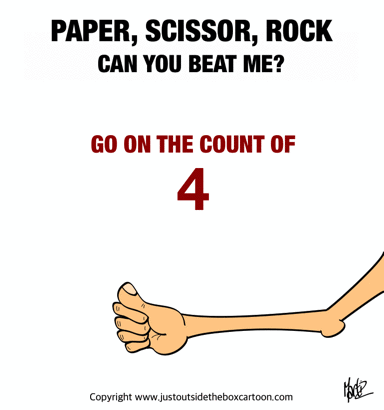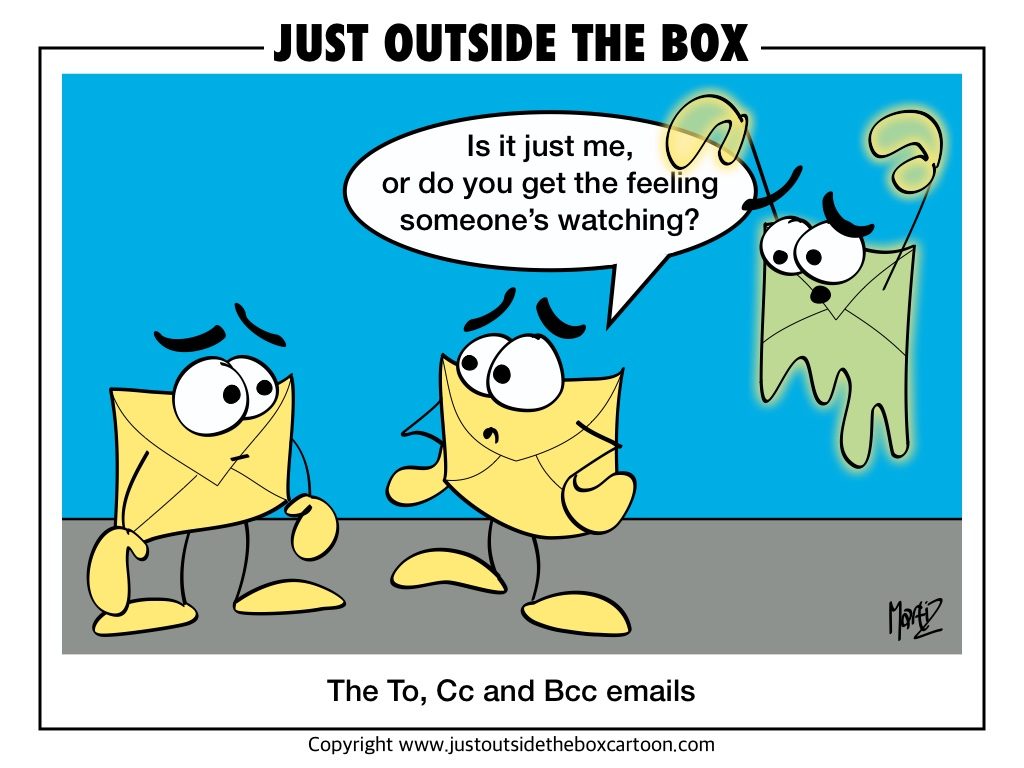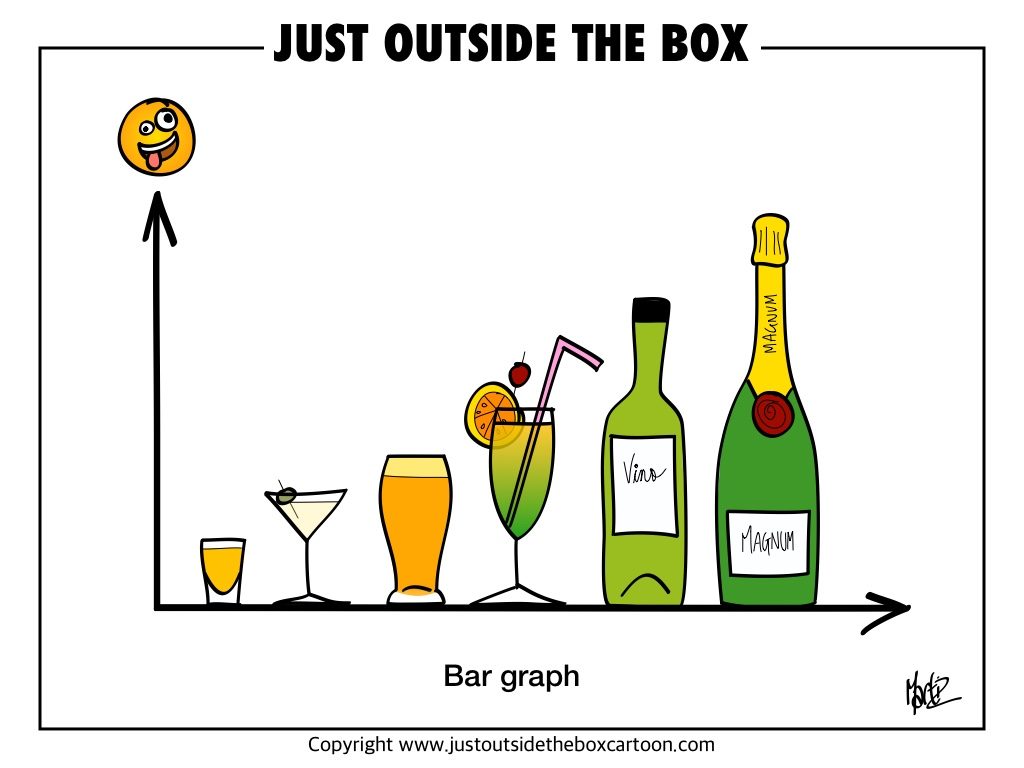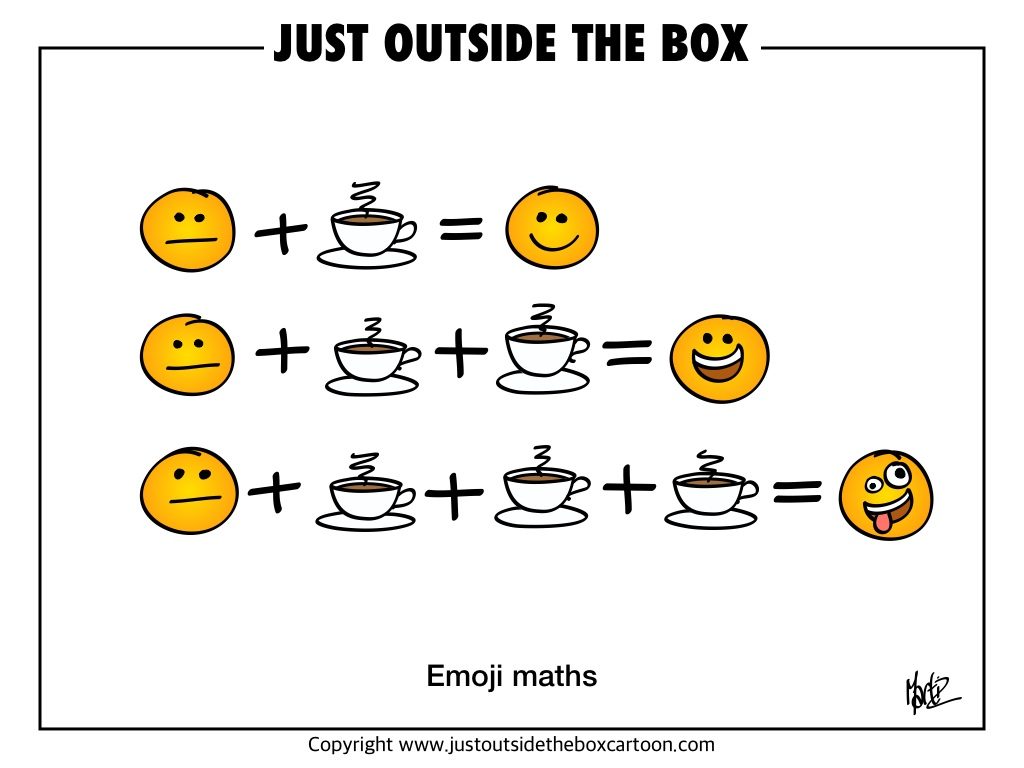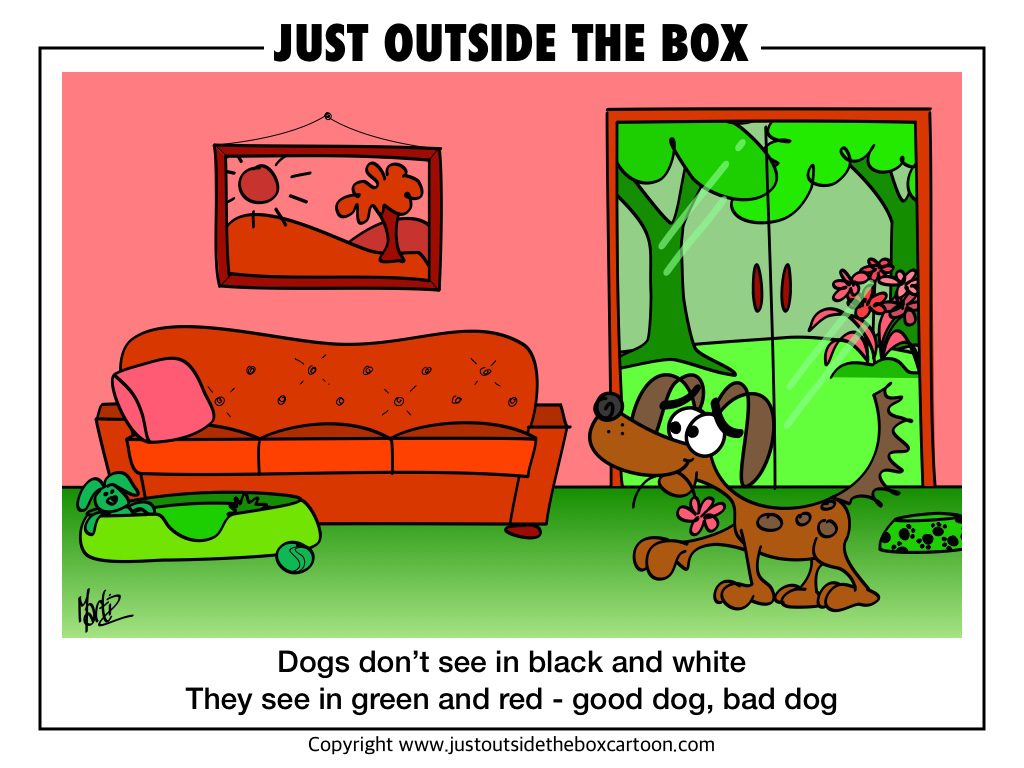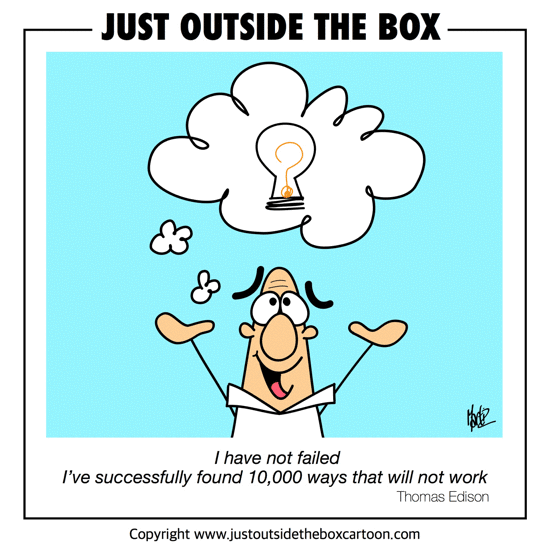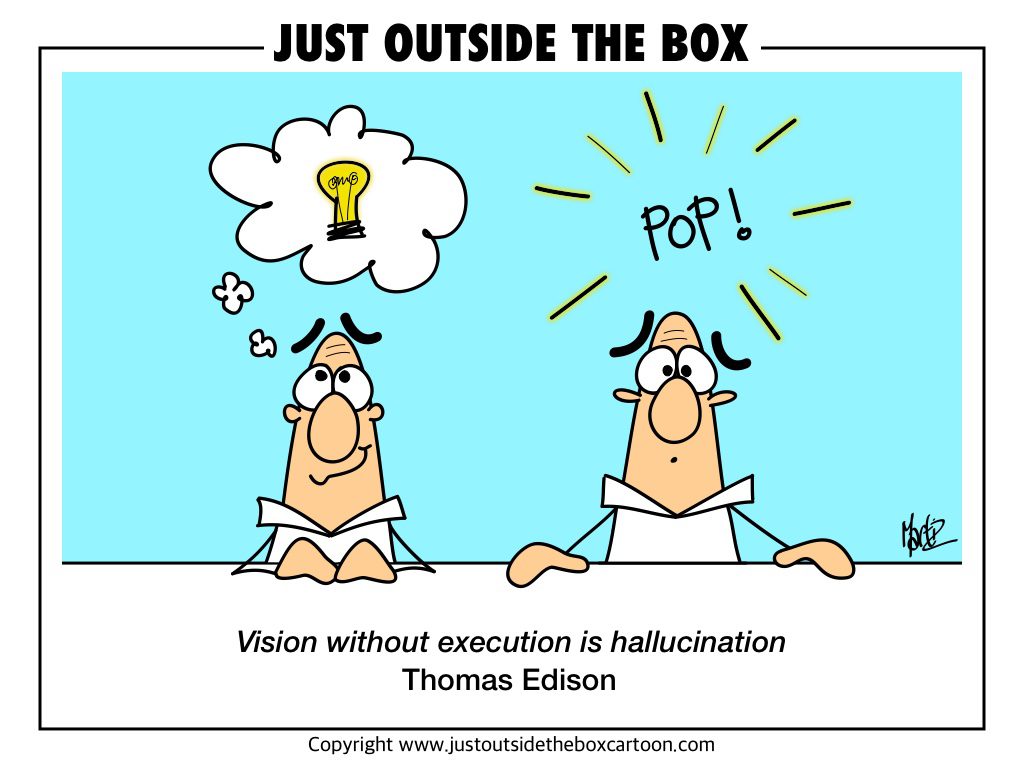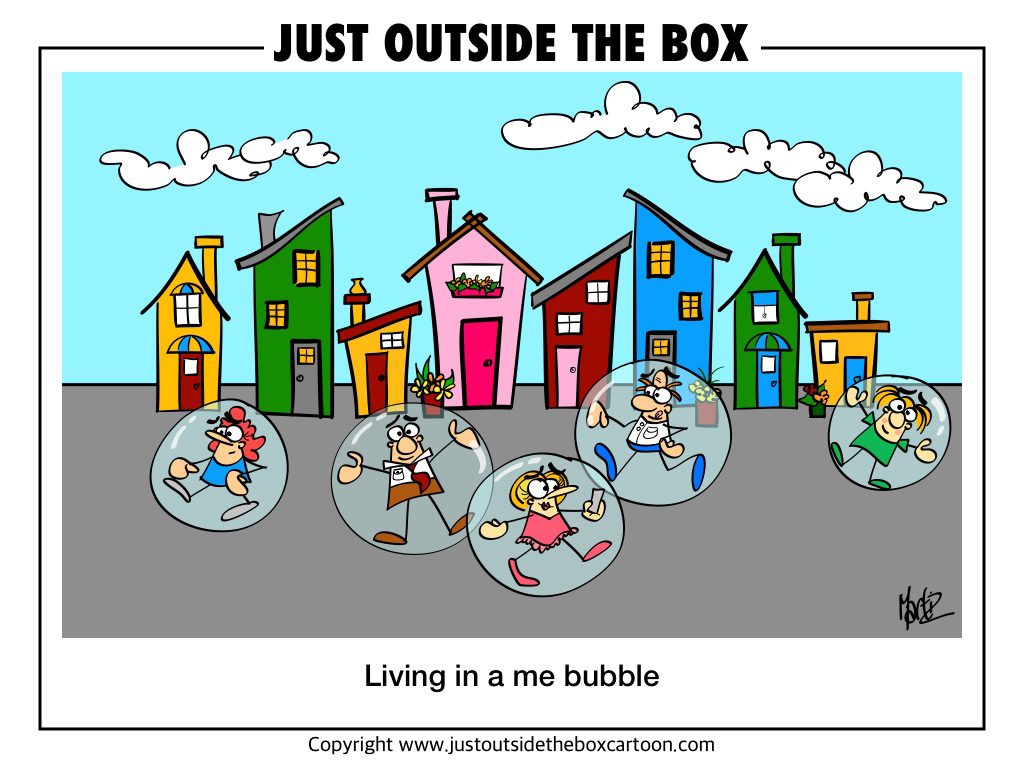So did you beat me?
Chances are, if you’re male, you lost the first round as experiments have shown males have a tendency to throw a rock on the first move, hence, I played paper in round one – sneaky, huh?
Yes, I did my Google homework in constructing this gif. Searching ‘how to win at paper, scissor, rock’ lead to a bumper search result of 968,000 hits, with a plethora of strategies and tips to win. Here’s a summary of winning moves:
- If competing against a male, throw paper in round one
- Inexperienced players tend to throw paper on their first throw, so play scissor in round one
- Copy cat counter move – inexperienced players tend to throw the winning move from their last play. So, if they threw rock, their next move is more likely to be paper, so you throw scissor – Boom!
- Be unpredictable – when in doubt, throw paper as a surprise. Average stats are 35.4% rock, 35.0% scissor and 29.6% paper
- Three in a row – most people don’t want to feel predictable, so typically if they throw a rock two times in a row, their next move will either be paper or scissor. Improve your chances by throwing a rock on round three as statistically they are more likely to throw scissor.
So now you know as much as me, let me know how your next paper, scissor, rock challenge goes.
PS. I find I revisit topics every now and then, and paper, scissor, rock is one of them. Check out my last take on the game.
